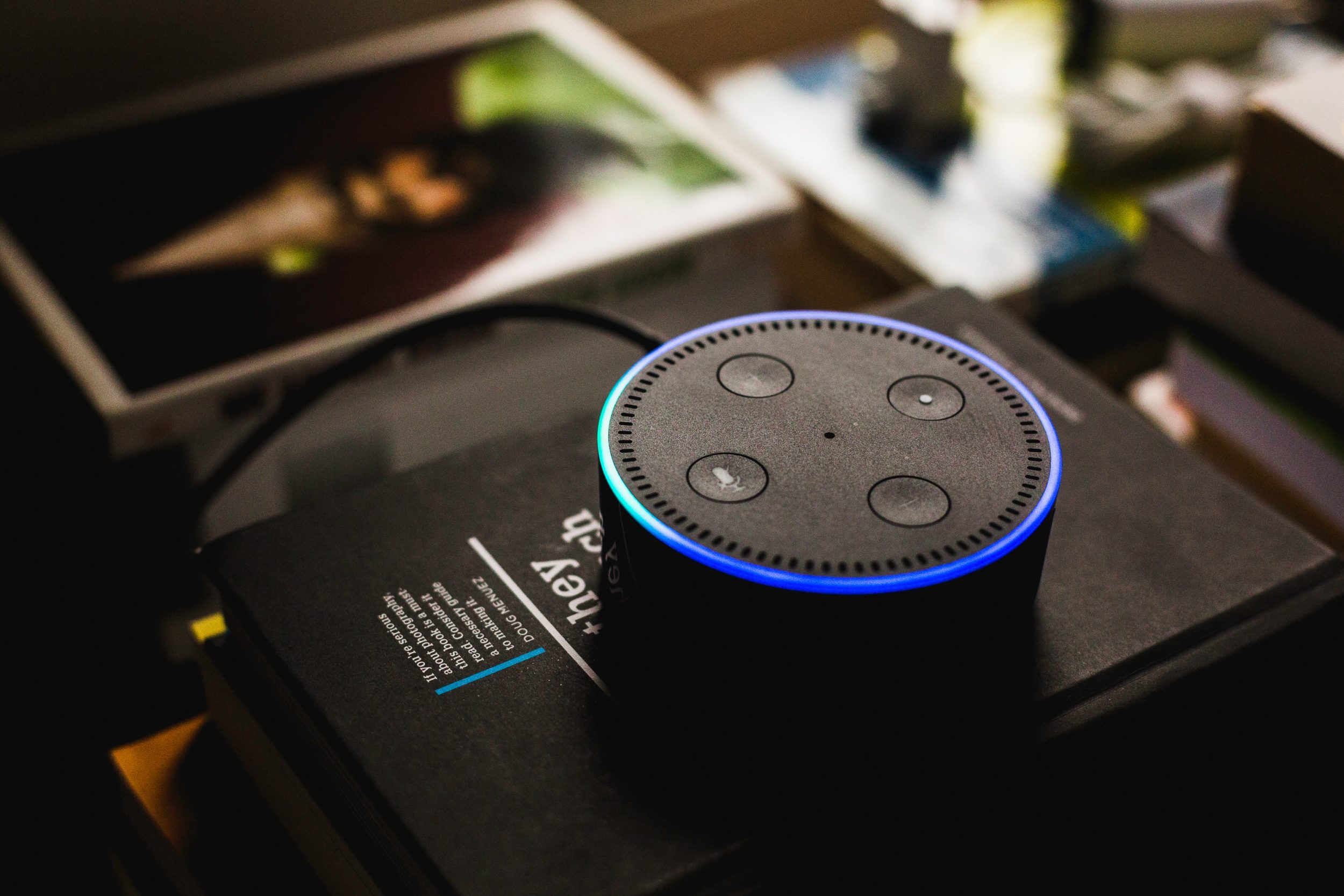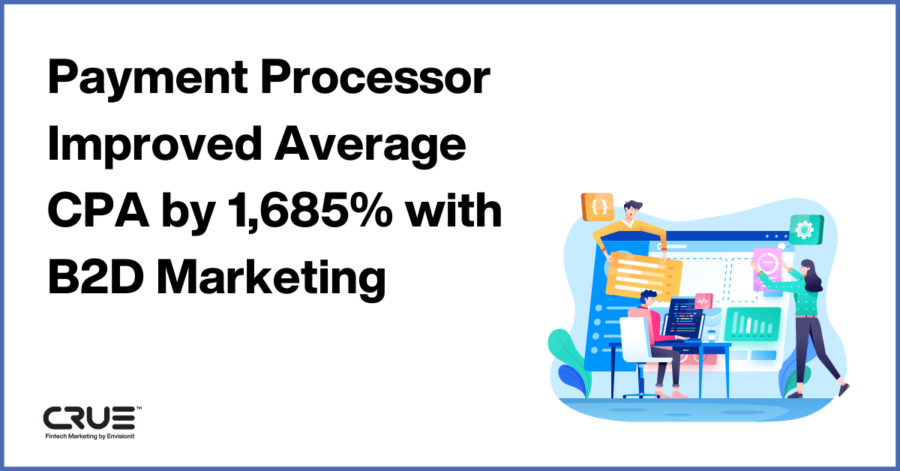There are millions of voice enabled devices in homes throughout the US. The ones you’ve surely heard of—Amazon Echo and Google Home, but also devices from Apple, Microsoft, and most recently, Samsung. Not to mention all of the voice “assistants” in pockets and purses worldwide. On Prime Day alone, Amazon said that “millions” of Fire TV Alexa-enabled devices were sold worldwide. Its other bestseller? The Echo Dot. In total, it’s estimated that more than 50 million Alexa-enabled devices have been sold to date.
So, what does this mean for eCommerce?
If you read headlines, it means “game time,” which makes sense on the surface. The infrastructure needed for voice purchases is already in place. Online traffic is growing and digital retailer events like Amazon Prime Day are breaking records left and right. The headline of a recent report by Cision even reads, “Voice Shopping Set to Jump to $40 Billion By 2022, Rising From $2 Billion Today”. But does this all add up to your brand selling millions via voice search over the holidays in Q4?
It turns out that much of this projected growth only exists in overeager headlines. A recent report by The Information stated that “according to two people briefed on the company’s internal figures—only about 2% of the people with devices that use Amazon’s Alexa intelligent assistant—mostly Amazon’s own Echo line of speakers—have made a purchase with their voices so far in 2018”. Only 2%, that’s small potatoes!
While voice search is unquestionably growing, eCommerce purchases via the tool are still minimal. Furthermore, Amazon devices overindex compared to other brands/assistants. It’s been shown that voice search on mobile devices is mostly used for weather, directions, and local searches. While Amazon devices are only seeing 2% of users making purchases over voice search, adoption across other devices and assistants is likely to be even slower.
Why hasn’t this been quicker to take off?
As with any new technology or service, users are going to be hesitant. There’s a trust factor there that asks even more of the shopper. While it seems like a natural way to develop from desktop to mobile to voice search, this step just feels inherently further away. Users don’t get to actually see a visual of the product. Furthermore, Amazon is likely to be recommending you a product, opposed to a list of products that you can choose from. You don’t get to see it, read into detailed features, or even dig through individual reviews. That’s a tall order and a lot of trust.
Despite the obstacles, Amazon is making inroads. They know there are ways to “Prime” the pump here and get users interested in a more roundabout way. The acquisition of Whole Foods is an opportunity they have already capitalized on. With Alexa voice search, you can now order groceries and pick up in-store. Getting people out of a routine that they are as picky about as buying food would be a huge win.
What you can do now?
If you’re looking to move the needle for your brand, diving into voice search for eCommerce needs to be seen as an add on to your eComm and Amazon play, not the rocket fuel. That being said, it doesn’t mean you can’t plan and optimize your current campaigns in a way that will set you up for success both today and tomorrow. There’s massive overlap of learnings and optimizations of current paid/voice search and Amazon Marketing Services (AMS) that will help down the road in a more substantial way.
Build Out Long-Tail Keywords
Even if you are going back to basics with paid search, this will be helpful performance information when it comes to eCommerce. Voice searches tend to be longer than normal searches and that remains true for eCommerce purchases as well. Ladder up knowledge from paid search, to voice search, to voice search over Alexa and use it to your advantage. The more data you can gather, the better. When it comes to Amazon, there is a preference for the Amazon Choice products, and if your product isn’t one of those, optimizing towards long-tail keywords can help move you up the rankings. Remember, stay conversational. Practice talking into a device as if you were actually searching for your product. It might be embarrassing but it works.
Become the King of Product Page Content
Most importantly, Alexa always (for now) reads the product title and price first. They both matter. After that comes a list of product features. A user can even prompt Alexa to “tell me more” which will give average information on ratings, total reviews, etc. Just like when optimizing a landing page on your website to increase the quality score of a paid search campaign, your product pages need to be in top shape. This overlaps strongly with AMS campaign performance no matter the ad type.
Product descriptions are a great place to balance the need for concise information while staying conversational, which will help with long-tail voice searches. Both the user and the Amazon algorithm care about the quality of information and its relevancy on your product page.
Experiment!
This is always the fun part, using emerging tools and trends to position your brand in a new effective way that will engage customers. One way that has been vastly overlooked to date combines those long tailed voice searches and the flexibility of Headline Search Ads on Amazon (For more info on all things Amazon Ad Types, click here). Because you can leverage multiple products driving to different landing pages within the HSAs, this offers the most room to experiment. This is a great way to introduce and build awareness for a new product. Launching new long-tailed keywords for voice search? Serve ads that highlight your portfolio of products when users are searching for longer-tailed non-branded searches. Not only can you show your branding and flagship products, but new products or variations of sizes as well. This is also very useful to test for upselling more expensive products.
LEGO is currently hitting home runs left and right when it comes to experimenting. Not only have they developed various Alexa Skills that help parents access audio guided instructions for their kids but they’ve created an Augmented Reality App that lets kids play with their LEGO designs in a real world setting. Even further, they are using their DUPLO train sets to help teach kids how to code. Talk about impressive. All of these efforts have led to an almost domination on Amazon. Jumpshot data shows that Amazon made up 88.9% of online sales in the U.S. in 2017 for LEGO.
Be Aggressive
Now is the time to be aggressive with optimizing voice-search campaigns. As voice-search traffic continues to grow, there are still many marketers hesitant to optimize their campaigns accordingly. Mobile Marketing notes that “over a third of marketers (36%) acknowledge that this growth will have a fundamental impact on the way customers search for items”….but, “that awareness is not translating into action, with only a quarter (25%) feeling that they can incorporate voice search into their current marketing strategy”. Now is the time to take advantage and put your brand in an advantageous position. Fundamental shifts in the advertising landscape, like the expansion of voice search, offer immense opportunity for your brand to grow to new heights.













